Research
Search our website
Search our website by entering a keyword or choose a database above to search specifically.
Search
Showing search results 8,841 - 8,850
14,725 results found

Zandestraat 21, Koekelare, Belgium

Zandbeekstraat 46, Zwevegem, Belgium

Zandrodestraat 35, Kortenaken, Belgium

Zarren-Lindestraat 59, Kortemark, Belgium

Zaubeekstraat 227, Zulte, Belgium

Zandstraat, Terneuzen, Netherlands

Zaubeekstraat 10, Zulte, Belgium

Zandweg naar Aartrijke 2, Jabbeke, Belgium

Zandstraat 8, Essen, Belgium

Zavelstraat 72, Peer, Belgium








